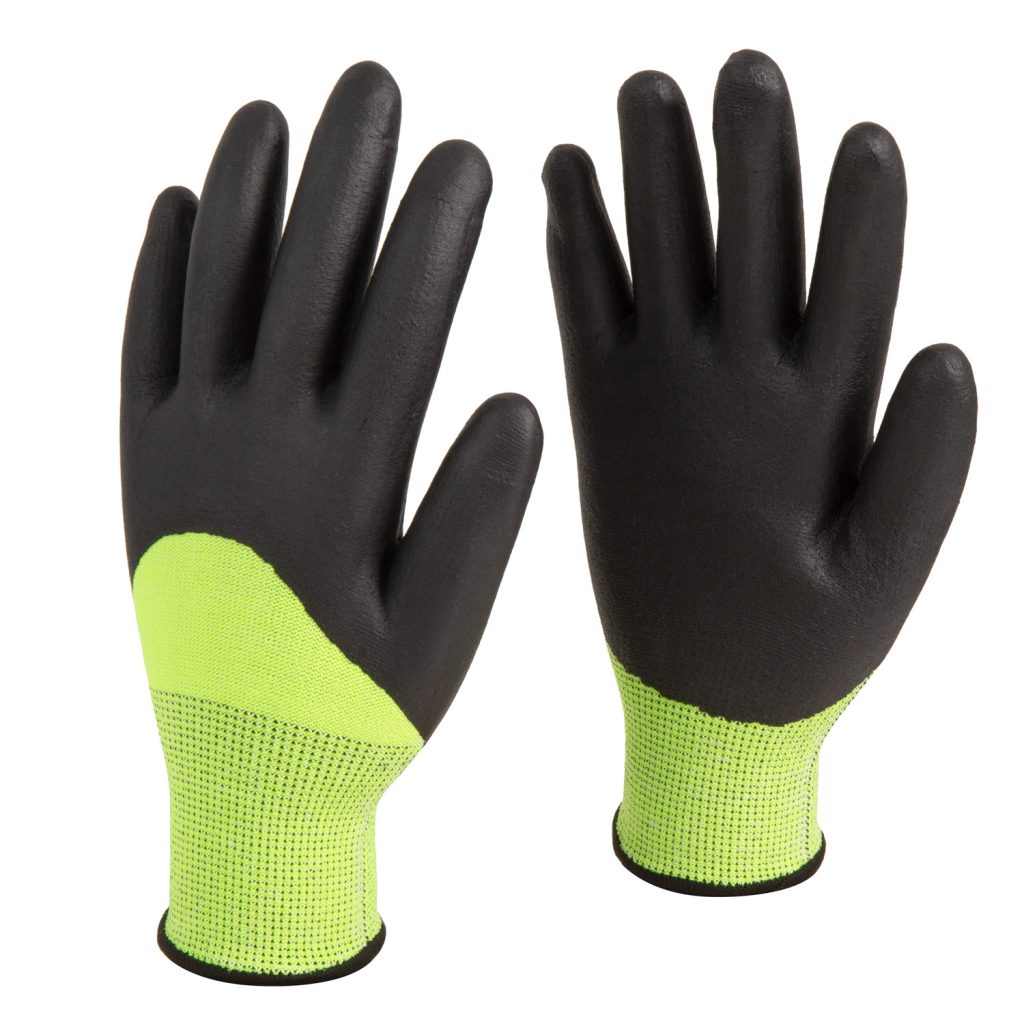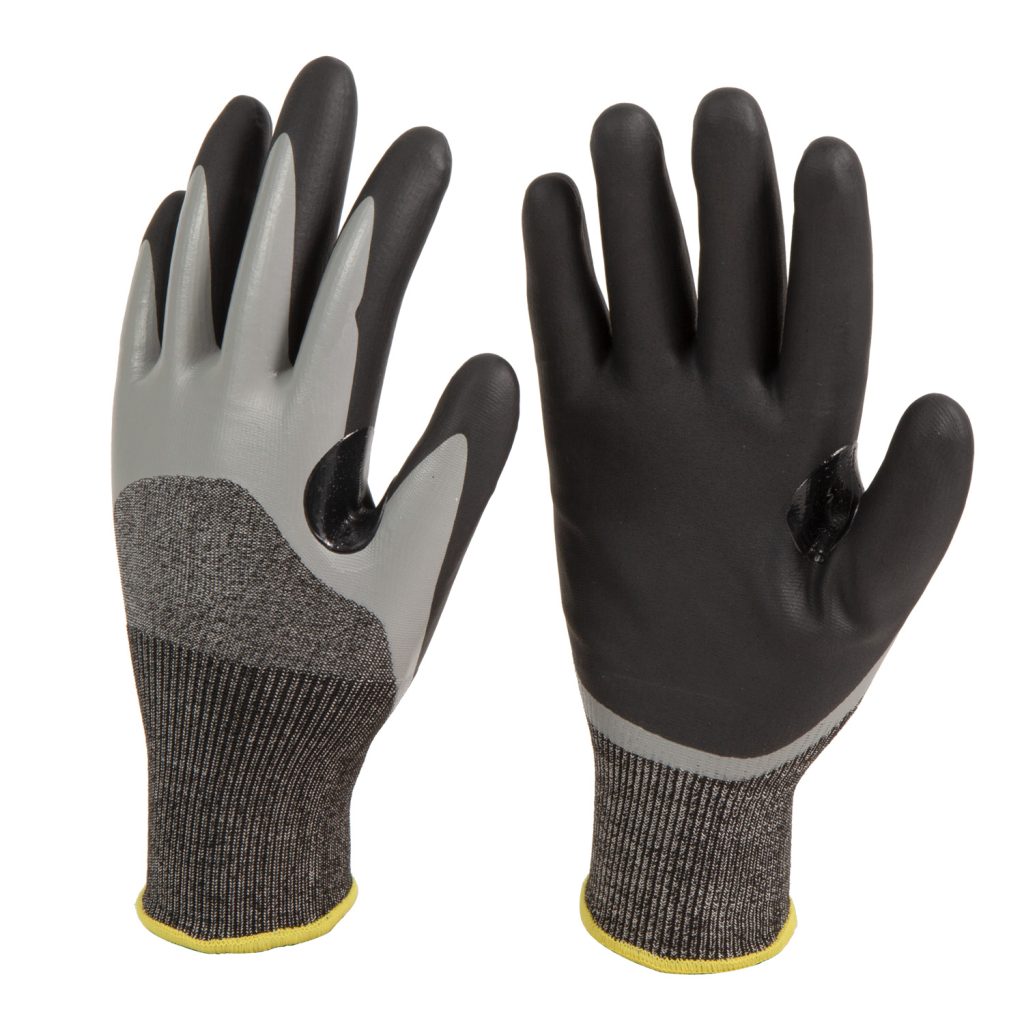Cut Resistant Glove is critical to cook safely. Using gloves that are resistant to cuts is one approach to remain safe. Your hands are safe from these gloves from sharp blades and other culinary hazards. However, why do we wear these gloves? How do they protect us? Now let’s investigate.
How Do Cut-Resistant Gloves Work?

Gloves that can withstand cuts function as protection for your hands. They come together from unique materials intended to protect your skin from abrasions, wounds, and slashes. These gloves are necessary whether you’re a home cook or a professional chef while handling sharp things in the kitchen.
Why do we wear cut resistant gloves?
Safety is the primary justification for donning cut-resistant gloves:
Protection: A nasty cut might occur from a knife slip if gloves are not worn. However, by keeping your hands covered, cut-resistant gloves lower the possibility of mishaps and injury.
Versatility: You can do more than simply chop and slice with these gloves. When gardening, they are useful for managing prickly stems, sharp edges on cans, and shattered glass. They have covers for a variety of household chores.
Comfort: Do you think wearing gloves would make it harder for you to use knives and other kitchen tools? Do not become afraid! Cut-resistant gloves keep your hands safe and pleasant while preserving your dexterity and grip. They are lightweight and flexible.
Hygiene: Beyond preventing wounds, gloves also help with kitchen cleanliness. As a barrier between your skin and the meal you’re making, they lower the possibility of contamination and foodborne illnesses.
High-performance materials including Spectra, Dyneema, and Kevlar serve to make these gloves. Although they are flexible enough to allow for simple hand movement, these materials are exceptionally robust and durable.
Their structure holds the secret. To provide a tight, thick barrier, cut-resistant gloves are frequently knitted or woven. Sharp things can’t cut through the glove and get to your flesh because of this barrier, which disperses their force.
Different types of cut resistant gloves
Your hands are protected from potentially harmful objects and sharp edges by cut-resistant gloves, which function as armor. However, which kind of glove offers the best protection among the various possibilities available? To learn more, let’s go into the realm of cut-resistant gloves.
Kevlar Gloves
A common option for protection against cuts is a pair of Kevlar gloves. They are extraordinarily robust and long-lasting as they come out of the same material as bulletproof vests.
Kevlar gloves provide superior protection against cuts and abrasions, which makes them perfect for work with blades and other sharp items.
Dyneema Gloves
Another excellent option for cut-resistant gloves is dyneema.
Synthetic fiber with remarkable strength and low weight, dyneema is a high-performance material.
Dyneema gloves are extremely flexible and soft, offering excellent cut resistance. For jobs requiring accuracy and dexterity, they are ideal.
Spectra Gloves
Spectra gloves consist of a high-strength synthetic fiber, just like Dyneema gloves.
Spectra is a great option for demanding applications because it provides exceptional cut resistance and durability. Without compromising on comfort or flexibility, these gloves offer dependable protection against cuts and punctures.
Stainless Steel Mesh Gloves
Stainless steel mesh gloves are the best option if you want the best defence against sharp items.
A robust, flexible barrier against cuts and abrasion develops from the interlocking stainless steel rings on these gloves.
Stainless steel mesh gloves are often used in industries like meat processing and metalworking where there is a high danger of damage from sharp instruments or machines.
Composite Gloves
Composite gloves consist of fiberglass, Dyneema, and Kevlar among other materials.
By balancing strength, flexibility, and comfort, they provide a glove with improved cut resistance.
When doing duties that call for both dexterity and protection, composite gloves are frequently selected.
Selection of the Best Cut-Resistant Gloves

Consider factors including comfort, toughness, and the appropriate level of protection.
When handling glassware or chopping vegetables, be sure the gloves you choose are appropriate for the tasks at hand.
Verify that the gloves fit correctly. Gloves that are too tight might be uncomfortable and restrict your range of motion, while gloves that are too loose could slide off. Try on several sizes to ensure the perfect fit.
Last Words
In conclusion, cut-resistant gloves are necessary for maintaining kitchen safety. They are comfortable to wear and offer protection. These gloves lower the chance of damage when cooking or doing other domestic tasks. For this reason, it’s crucial to use cut-resistant gloves when working with sharp things. Cook with assurance and security!
 ZIMAI Safety
ZIMAI Safety